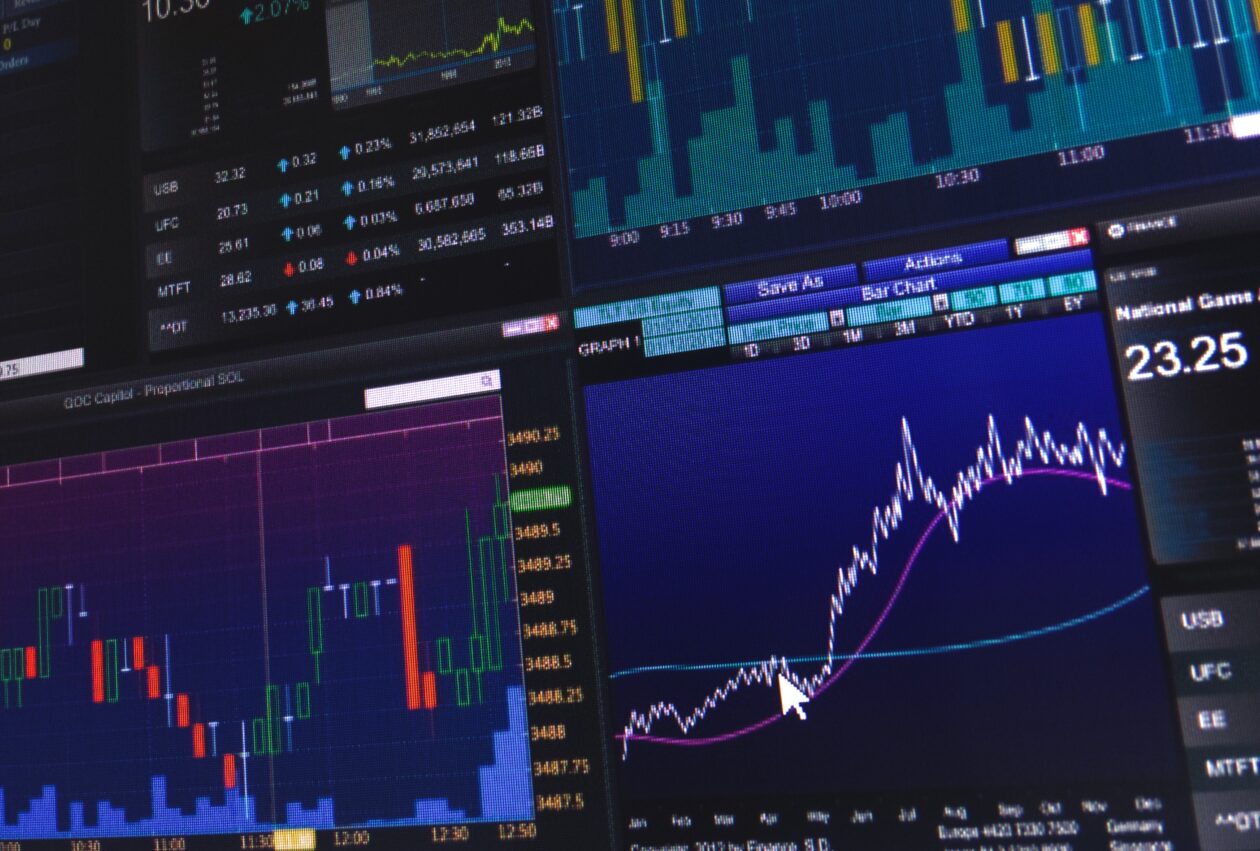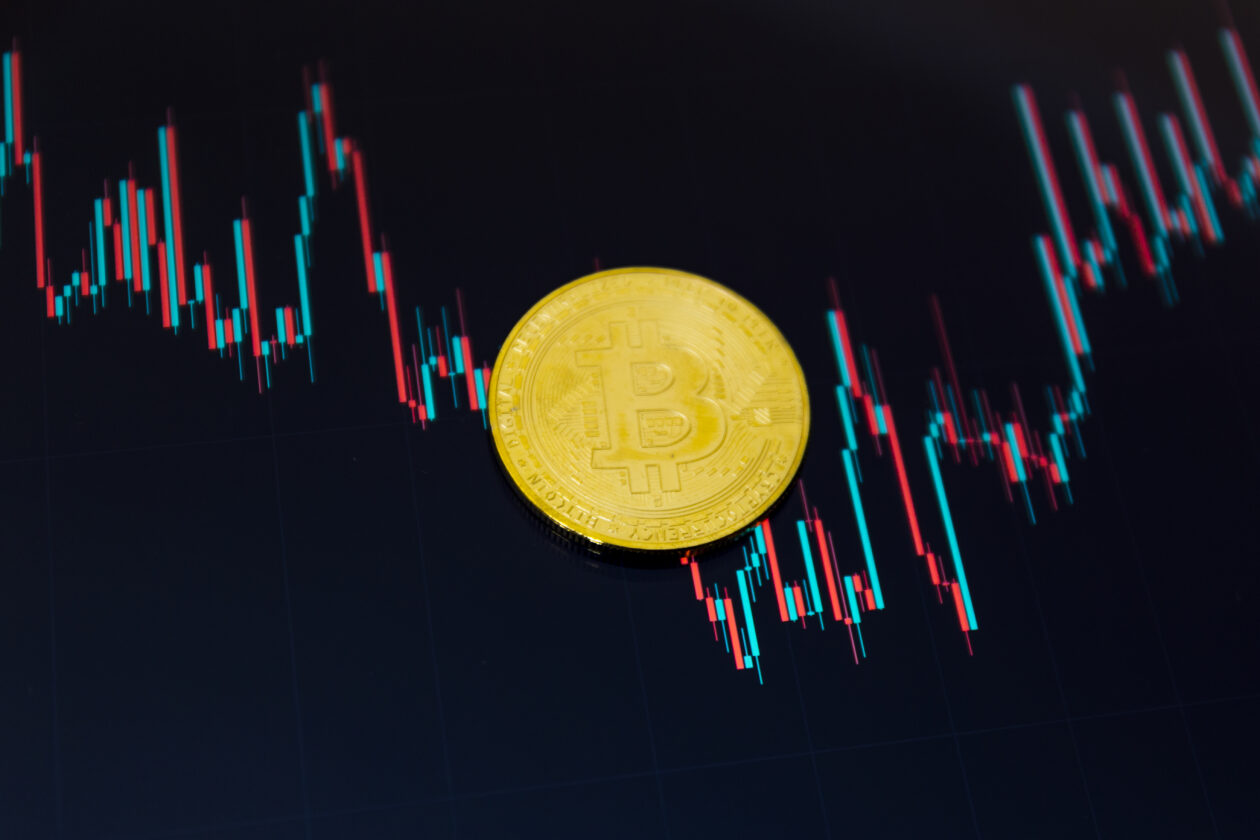Bitcoin slipped and traded below US$30,000 on Friday afternoon in Asia, with most other top 10 non-stablecoin cryptocurrencies dropping. Tron and Litecoin were the only gainers, rising less than 1% in the past 24 hours. Most Asian equity markets gained and U.S. stock futures strengthened.
See related article: Crypto isn’t fixing the remittance travesty — but it could: Opinion
Bitcoin extends decline to remain under US$30,000
Bitcoin dropped 0.97% to US$29,130 in 24 hours to 4 p.m. in Hong Kong, bringing its weekly losses to 2.15%, according to CoinMarketCap data.
The performance of the world’s largest cryptocurrency in August will likely tread water or trend upwards with limited downside risk, said Le Shi, head of trading at crypto market making firm Auros.
“Recent positive corporate earnings surprises, combined with cooling inflation will provide traders with ample justification for risk-on plays, betting on softening of policy and the subsequent buoying of both crypto and traditional equities,” Shi told Forkast in emailed comments.
“Conversely, any rally from current levels is likely to be mild unless there is an obvious catalyst. Above US$30,000 is generally viewed as bull market territory and the low 30s range is expected to provide a decent amount of resistance,” Shi said.
The initial deadline for approving BlackRock’s spot Bitcoin ETF application is expected at the end of August. “If the [U.S. Securities and Exchange Commission] was to extend the deadline, it would be seen by the market as a mildly bearish signal, given BlackRock’s impressive historical ‘win rate’ on ETF applications,” Shi added.
Ether, the second-largest cryptocurrency in the world, dipped 0.71% to US$1,858 in 24 hours, bringing its weekly losses to 1.63%.
Dogecoin led losses, dropping 3.17% in the past 24 hours to US$0.07628, although it gained 6.95% on the week. Polygon’s Matic token was the second-biggest loser of the day, falling 2.40% to US$0.7086 in the last 24 hours and 6.79% over the previous seven days.
Tron and Litecoin were the only gainers among top 10 non-stablecoin cryptos. Tron climbed 0.84% to US$0.08311, gaining 3.15% in the past seven days.
Litecoin gained 0.15% to US$91.14, but lost 0.96% on the week.
Litecoin’s halving event in early August will “represent reductions in supply of the coin, which in theory should drive the price up,” Shi of Auros said.
“The past two major crypto bull runs have tended to lag Bitcoin halving events by approximately 12-18 months, and Litecoin halvings by even more, so the jury is still out on whether this will have meaningful impact on the market,” Shi added.
The total crypto market capitalization dropped 0.88% to US$1.18 trillion, while the total market volume declined 14.22% to US$26.2 billion over the past 24 hours.
Sales volumes on Immutable X NFT network edge higher
The main Forkast 500 NFT index dipped 0.55% to 2,608.81 in the past 24 hours to 6.40 p.m. in Hong Kong, down 3.34% on the week. Forkast’s Ethereum and Solana NFT indexes declined while Polygon NFT index rose in the past 24 hours.
Total NFT sales volumes dropped 9.17% to US$18.43 million, according to data from CryptoSlam.
By NFT collections, Immutable X-based Gods Unchained Cards saw the largest 24-hour sales volumes, rising 1.02% to US$1.36 million. Ethereum-based Bored Ape Yacht Club (BAYC) recorded the second-highest sales volume, gaining 17.29% to US$919,623.
NFT sales volume on Ethereum network dropped 17.02% to US$12.30 million, while that on Immutable X gained 96.13% to US$1.4 million in the past 24 hours.
Elsewhere, the U.S.-based online music store Beatport, which is known for selling music resources to DJs for remixes, launched its NFT marketplace Beatport.io on Thursday, where users can buy, sell and trade electronic music recordings as NFTs.
The Beatport NFT marketplace was developed in partnership with Germany-based Web3 startup Define Creative, and is built on Aventus, a parachain based on the Polkadot network.
Most Asian markets rise, U.S. stock futures in green

Asian stock markets mostly rose on Friday. China’s Shanghai Composite, Hong Kong’s Hang Seng, South Korea’s Kospi strengthened while Japan’s Nikkei dropped.
The Bank of Japan (BOJ) announced on Friday it will maintain its ultra-low interest rates, keeping its short-term policy interest rate target at -0.1% and the 10-year government bond yield at around 0%.
India’s Sensex index at the Bombay Stock Exchange closed 0.16% lower on Friday. India’s Prime Minister Narendra Modi said earlier this week that the world’s most populous nation will be among the top three economies in the world during his third term in power. Modi will complete 10 years in power next year in May.
U.S. stock futures strengthened as of 7.50 p.m. in Hong Kong, with the Dow Jones Industrial Average futures, the S&P 500 futures, and the Nasdaq 100 Futures all in the green.
U.S. gross domestic product accelerated to 2.4% in the second quarter of the year, the Commerce Department said on Thursday, exceeding analysts’ expectation of a 1.8% growth and further easing fears of a recession this year, Reuters reported on Friday.
The Federal Reserve hiked interest rates in the world’s largest economy by an expected 25 basis points earlier this week, and is committed to bringing inflation down to 2%.
“Although the Federal Reserve’s latest interest rate hike could be the last in this cycle, policy is likely to remain tight for some time to come,” Keith Wade, chief economist and strategist at Schroders said in an emailed statement on Friday.
In the eurozone, economic sentiment weakened for a third consecutive month to 94.5 in July, according to European Commission data, falling to the lowest since October 2022 and below market expectations of 95. Sentiment faltered as the European Central Bank stepped up its policy tightening efforts amid persistent inflation.
The eurozone economy was further clouded by stagnant growth in Germany, as flat growth data from Germany on Friday contrasted sharply an uptick in France and Spain. Germany’s gross domestic product remained unchanged in April-June, even as inflation remained high, according to the nation’s federal statistics agency. This grew investor concern that Germany could become a drag on the eurozone economy.
The European Union’s statistics agency will release growth data for the entire eurozone on July 31.
(updates with equity section.)






